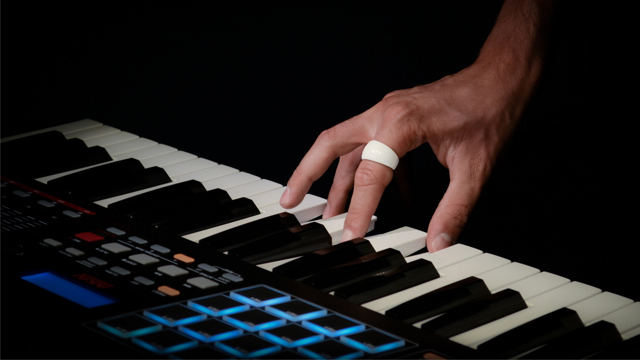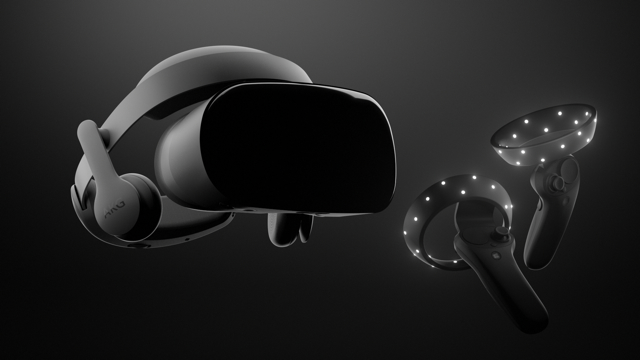Smartwatches, Fitness Bands Still Dominate Wearables Sector
December 11, 2017
At last year’s CES, wearables were a viable category but had lost a bit of the luster of previous years, as consumers were deluged with competing fitness bands, smartwatches and even smart fabrics and jewelry. Although many of the entrants were intriguing, nothing popped out as revealing the path forward. CES 2018 promises to be similar, with some notable exceptions. Shipments in the wearables market are at an all-time high, but few manufacturers think wearables will have a significant impact on their bottom line in 2018.
One clue to what’s hot for 2018 and beyond are the CES Innovation Awards in the wearables category, which honors 14 products, including smart reading glasses, headphones that use EEG to help the user stay concentrated or control appetite, an integrated heads-up display for motorcyclists, a ring that acts as a MIDI controller (below), the latest in smartwatches and more.
In August, Gartner predicted that sales of wearable devices would generate $30.5 billion in revenues in 2017, of which $9.3 billion would be from smartwatches. Gartner research director Angela McIntyre believes that, “smartwatches are on pace to achieve the greatest revenue potential among all wearables through 2021, reaching $17.4 billion.”
Apple will continue to dominate the smartwatch market, says Gartner, but its share is expected to decrease from “approximately a third in 2016 to a quarter in 2021” as other manufacturers debut watches. Still, Asus, Huawei, LG, Samsung and Sony will only capture 15 percent of smartwatches by 2021, “because their brands do not have as strong an appeal as lifestyle brands for personal technologies.”
Gartner expects kids’ smartwatches to skyrocket to 30 percent of total smartwatch shipments in 2021. Traditional luxury watch brands will also do well in this category.
Gartner’s other predictions are that Bluetooth headsets will grow from 150 million in 2017 to 206 million units in 2021, making it “the most sold wearable device through 2021.” Head-mounted displays “account for only 7 percent of all wearable devices shipped in 2017, and will not reach mainstream adoption with consumers or industrial customers through 2021.”
“Current low adoption by mainstream consumers shows that the market is still in its infancy, not that it lacks longer-term potential,” said McIntyre.
According to Smart Insights, some brands are “unclear” how they can adapt their marketing strategies to the trend of wearables. It references a Jupiter Research report that, “wearable advertising spend is estimated to reach $68.7 million by 2019, opening up new opportunities for marketers.” Of the “850 marketers in different types of businesses from around the world, only 2 percent of respondents answered that wearables will have the largest commercial impact on their business in 2018.”
Other sectors that will see a future impact in the wearables category are healthcare and retail, which will find use cases by collecting and analyzing data.
For more information on CES 2018 (#CES2018), visit the event’s official website or its Facebook page. If you plan on attending, you can save $200 when registering by December 18. The ETCentric community should also be interested in C Space at CES, which examines “disruptive trends and how they are going to change the future of brand marketing and entertainment.”
The ETCentric team will have the latest in new products and trends with live reporting from CES in January.



No Comments Yet
You can be the first to comment!
Sorry, comments for this entry are closed at this time.